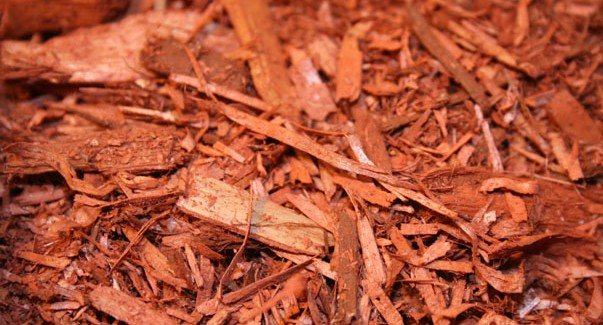Your cart is empty
The Magic of Mulch
 Hot weather is right around the corner! The most critical component to keeping your plants healthy, wealthy and wise will be to mulch the top of your soil. Mulching helps conserve moisture, buffer the soil from temperature extremes and stifle weeds. It also looks nice and increases the tilth of the soil, provides nutrients for the soil, keeps rain from compacting the soil and prevents erosion.
Hot weather is right around the corner! The most critical component to keeping your plants healthy, wealthy and wise will be to mulch the top of your soil. Mulching helps conserve moisture, buffer the soil from temperature extremes and stifle weeds. It also looks nice and increases the tilth of the soil, provides nutrients for the soil, keeps rain from compacting the soil and prevents erosion.
After planting any type of tree, shrub, ground cover, flower garden or vegetable garden, the top of the soil must be covered with mulch. Mulch is not a soil amendment, but a covering placed on top of the finished planting bed after the plants have been installed.
One of the best top dressings is partially decomposed compost. This type of mulch allows oxygen to breathe through the soil surface and enables carbon dioxide to diffuse out of the soil onto the leaves of the plants.
Another excellent mulch is native tree trimmings. This is the mulch I use in my garden at Channel 3. And best of all, I was able to cover the garden with this mulch for FREE! The material can be obtained from many arborists in the area. I like to use cedar or eucalyptus native tree trimmings for their natural insect-fighting qualities. In addition, tree buds, leaves and cambium layer contain protein, which contains nitrogen and other trace elements that are beneficial to our landscape.
I recommend staying away from the pine bark sold at a lot of nurseries. Its flat pieces tend to plate together and seal out oxygen from the soil. But pine needles, when available, make a great natural top dressing.
I also refrain from using plastic material and gravel as top dressings. These inorganic mulches don’t biodegrade and don’t return nutrients to the soil.

